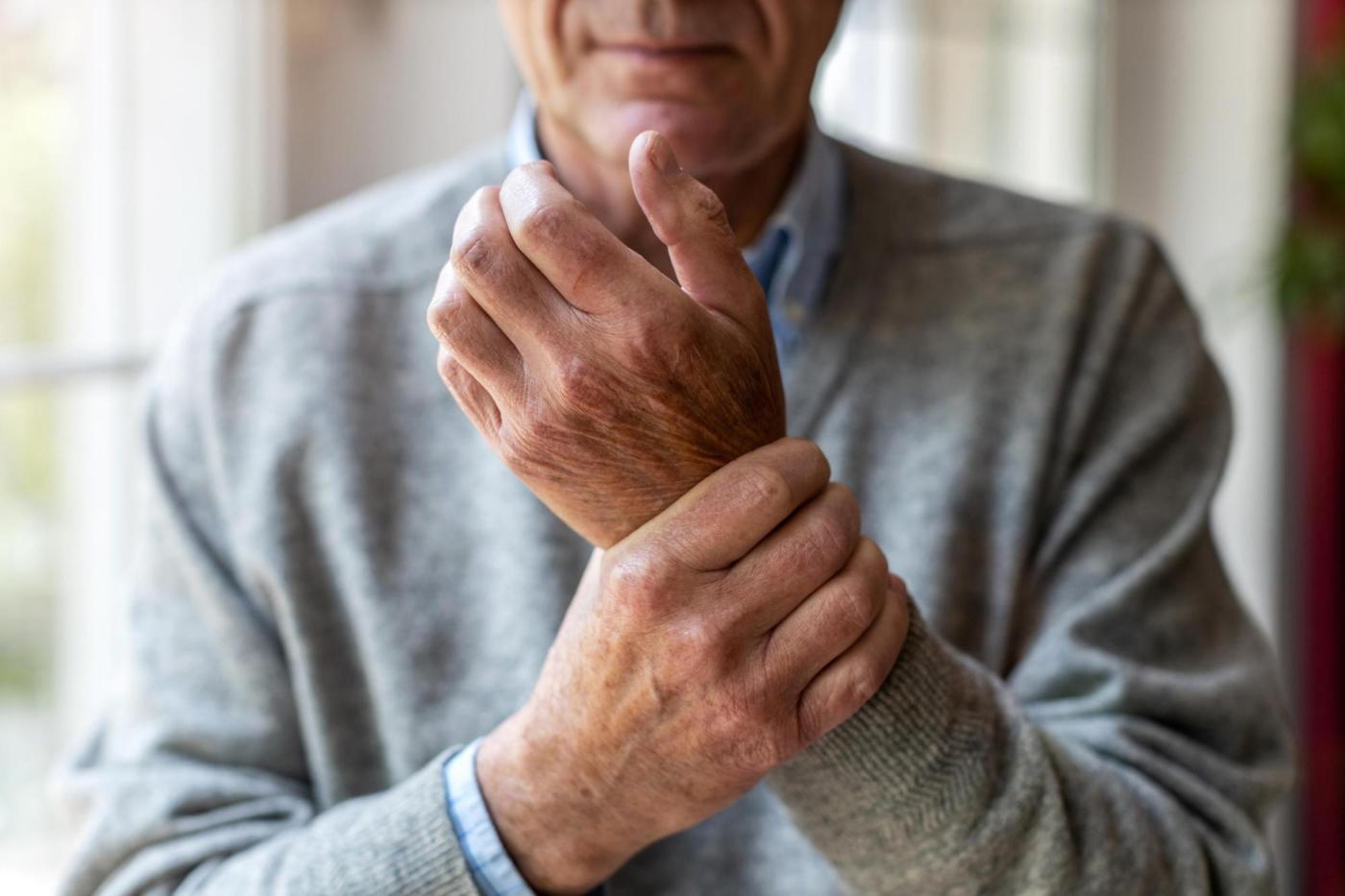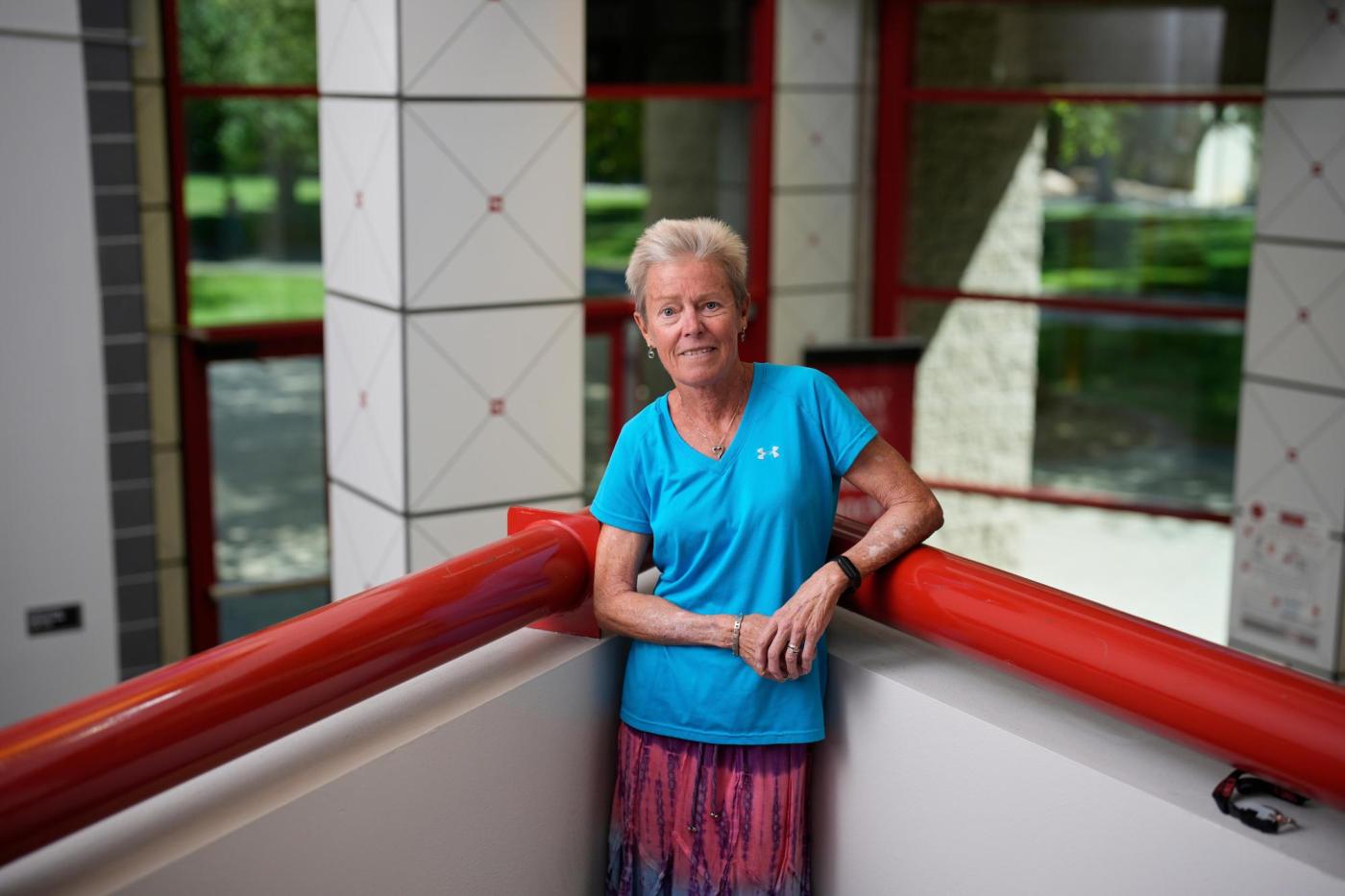A 50-year-old man is more likely to die from the complications of a major osteoporotic fracture than from prostate cancer. Major fractures include those of the wrist, hip, femur, humerus, pelvis, or vertebra.
In a study of 3,000 veterans aged 65 to 85, conducted at Veterans Affairs health centers in North Carolina and Virginia, only 2% of those assigned to the control group had undergone bone-density screening. “Shockingly low,” said Douglas Bauer, a clinical epidemiologist and osteoporosis researcher at the University of California-San Francisco, who published an accompanying commentary in JAMA Internal Medicine. “Abysmal. And that’s at the VA, where it’s paid for by the government.”
However, establishing a bone health service overseen by a nurse who entered orders, sent frequent appointment reminders, and explained results led to dramatic changes in the intervention group, who had at least one risk factor for the condition. Forty-nine percent of them agreed to a scan. Half of those tested had osteoporosis or a precursor condition, osteopenia. Where appropriate, most began medications to preserve or rebuild their bones.
“We were pleasantly surprised that so many agreed to be screened and were willing to initiate treatment,” said Colón-Emeric.
After 18 months, bone density had increased modestly for those in the intervention group, who were also more likely to stick to their drug regimens than osteoporosis patients of either sex in real-world conditions. The study did not continue long enough to determine whether bone density increased further or fractures declined, but the researchers plan a secondary analysis to track those outcomes.
The results revive a longtime question: given how life-altering, even deadly, such fractures can be and the availability of effective drugs to slow or reverse bone loss, should older men be screened for osteoporosis as women are? If so, which men and when?
Such issues mattered less when lifespans were shorter, Bauer explained. Men have bigger and thicker bones and tend to develop osteoporosis five to ten years later than women do. “Until recently, those men died of heart disease and smoking before osteoporosis could harm them,” he said.
“Now, men routinely live into their 70s and 80s, so they have fractures,” he added. By then, they have often accumulated other chronic conditions that impair their ability to recover. With osteoporosis testing and treatment, “a man could see a clear-cut improvement in mortality and, more importantly, his quality of life,” Bauer said.
Both patients and many doctors still tend to regard osteoporosis as a women’s disease. “There’s a bit of a Superman idea,” said Eric Orwoll, an endocrinologist and osteoporosis researcher at Oregon Health & Science University. “Men would like to believe they’re indestructible, so a fracture doesn’t have the implication that it should.”
One patient, for example, resisted entreaties from his wife, a nurse, to see someone about his visibly rounded upper back. Bob Grossman, 74, a retired public school teacher in Portland, blamed poor posture and told himself to straighten up. “I thought, ‘It can’t be osteoporosis, I’m a guy,’” he said. But it was.
Another obstacle to screening: “Clinical practice guidelines are all over the place,” Colón-Emeric said. Professional associations like the Endocrine Society and the American Society for Bone and Mineral Research recommend that men 50 and older who have a risk factor, and all men over 70, should seek screening.
However, the American College of Physicians and the U.S. Preventive Services Task Force have deemed the evidence for screening men “insufficient.” Clinical trials have found that osteoporosis drugs increase bone density in men, as in women, but most male studies have been too small or lacked enough follow-up to show whether fractures also declined.
The task force’s position means that Medicare and many private insurers generally won’t cover screening for men who haven’t had a fracture, though they will cover care for men diagnosed with osteoporosis. “Things have been stalled for decades,” Orwoll said.
So it may fall to older men themselves to ask their doctors about a DXA (pronounced DECKS-ah) scan, widely available at $100 to $300 out-of-pocket. Otherwise, because osteoporosis is typically asymptomatic, men (and women, who are also undertested and undertreated) don’t know their bones have deteriorated until one breaks.
“If you had a fracture after age 50, you should have a bone scan — that’s one of the key indicators,” Orwoll advised. Other risk factors include falls, a family history of hip fractures, and a fairly long list of other health conditions including rheumatoid arthritis, hyperthyroidism, and Parkinson’s disease. Smoking and excessive alcohol use increase the odds of osteoporosis as well.
“A number of medications also do a number on your bone density,” Colón-Emeric added, notably steroids and prostate cancer drugs.
When a scan reveals osteoporosis, depending on its severity, doctors may prescribe oral medications like Fosamax or Actonel; intravenous formulations like Reclast; daily self-injections of Forteo or Tymlos; or twice-annual injections of Prolia.
Lifestyle changes such as exercising, taking calcium and vitamin D supplements, quitting smoking, and drinking alcohol only in moderation will help but aren’t sufficient to stop or reverse bone loss, Colón-Emeric said.
Although guidelines don’t universally recommend it yet, Colón-Emeric would like to see all men age 70 and up be screened because the odds of disability after hip fractures are so high—two-thirds of older people will not regain their prior mobility—and the medications that treat osteoporosis are effective and often inexpensive.
But informing patients and health care professionals that osteoporosis threatens men, too, has progressed “at a snail’s pace,” Orwoll said.
Klein remembers attending a seminar to instruct patients like him in using the drug Forteo. “I was the only male there,” he said.
The New Old Age is produced through a partnership with The New York Times.
©2025 KFF Health News
https://www.twincities.com/2025/10/23/brittle-bones-men/



